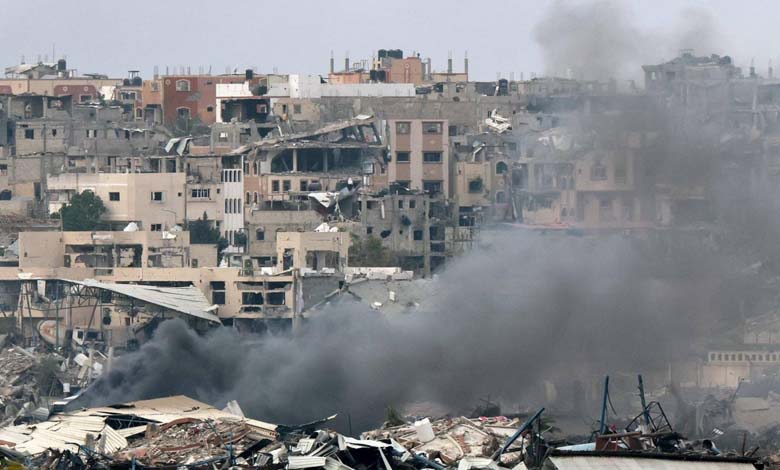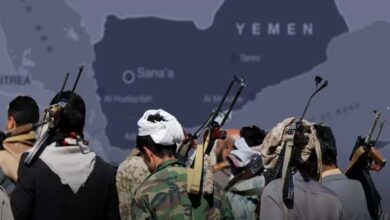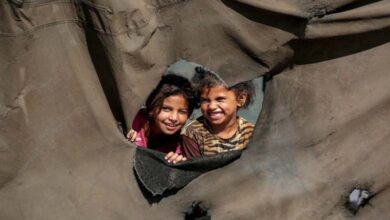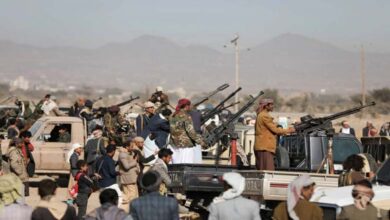Displacement, Illness, and Hunger: Some Features of the Humanitarian Catastrophe Sweeping Gaza

The Israeli aggression on the Gaza Strip has led to the displacement of most of its population, totaling 2.3 million people, and has caused a suffocating humanitarian crisis, including severe shortages of food, water, and medicine.
Regarding displacement, the United Nations Relief and Works Agency for Palestine Refugees (UNRWA) stated that about 1.7 million people, or more than 75% of the population, have been displaced within Gaza, with many forced to flee more than once, according to Reuters.
Today, approximately 1.5 million people reside in the city of Rafah, located in the southern Gaza Strip on the border with Egypt, most of whom have fled their homes in the northern part of the Strip, escaping the Israeli military campaign that followed the attack by Hamas militants on October 7th.
-
Tragic Disaster… Witnesses of the Flour Massacre Describe Scenes of Horror, Chaos, and Death in Gaza
Concerning healthcare and hospitals, the World Health Organization (WHO) says that most of the Gaza Strip’s 36 hospitals have ceased operations. It added that only 12 of these hospitals are partially operational, with six in the north and six in the south, while the Al-Amal Hospital in Khan Younis operates at minimum capacity. Richard Brennan, WHO representative in Gaza and the West Bank, stated in a press release reported by Agence France-Presse yesterday that more than 8,000 people need to be transported out of Gaza for medical treatment, including 6,000 due to injuries and war-related diseases, and more than 2,000 suffering from cancer and other serious chronic illnesses.
He added: “Both hospitals faced shortages of fuel, energy, and specialized staff. The majority of those admitted to the hospitals were suffering from shock.”
The Ministry of Health in Gaza stated last Sunday that at least 15 children have died in the past few days due to malnutrition and dehydration at the Kamal Adwan Hospital in northern Gaza.
Most requests from the World Health Organization to visit northern Gaza in January were rejected, with only three out of 16 requests facilitated. The organization added that no requests to carry out its own missions in northern Gaza were facilitated last month.
UN agencies say that malnutrition rates among children in northern Gaza are “extremely high,” about three times higher than those in the southern part of the Palestinian enclave, where more aid is available.
Jens Laerke, spokesman for the United Nations Office for the Coordination of Humanitarian Affairs, said: “When children start dying of hunger, it should be an unprecedented warning.” He added: “If not now, when is the right time to do our utmost and declare a state of emergency, and flood Gaza with the aid it needs?”
According to Brennan of the World Health Organization, one in every six children under the age of two suffers from severe malnutrition in northern Gaza.
Calls for Israel to make more efforts to address the humanitarian crisis have increased since Palestinians were killed while gathering for aid in Gaza last month.
Health authorities in Gaza stated that 118 people were killed by Israeli fire in the incident described as a massacre.
The airborne operation initiated by Jordan, joined by France, the United Arab Emirates, Egypt, and the United States, is seen as the only means to deliver aid to some areas due to Israeli obstinacy and refusal to deliver aid to Palestinians in areas like northern Gaza.












